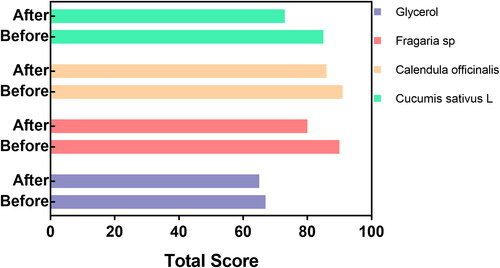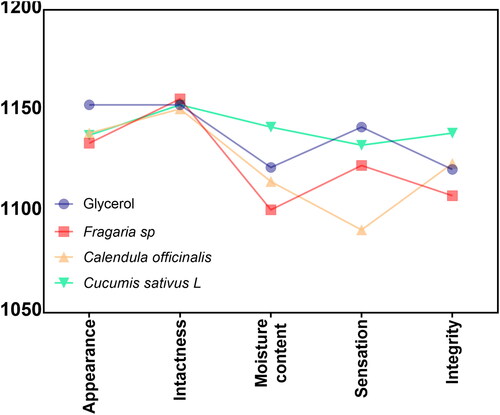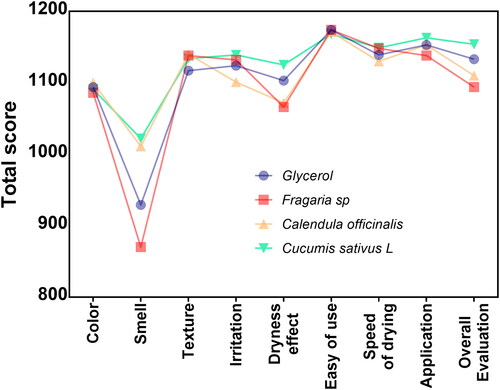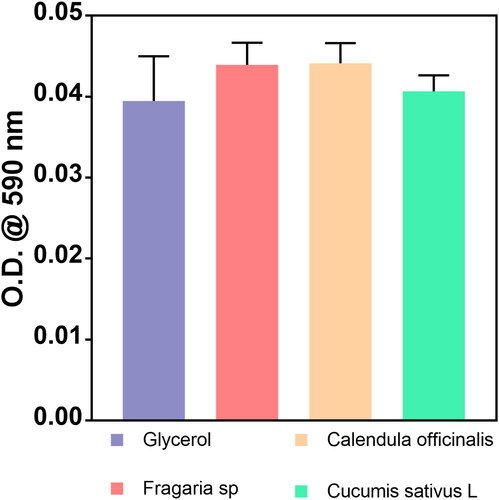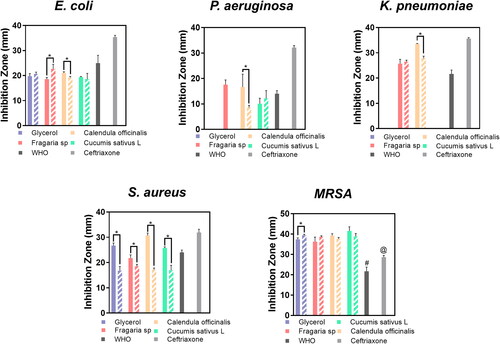Figures & data
Table 1. Hand rub tolerability evaluation format.
Table 2. Improved skin integrity after the hand rubs trial.
Table 3. Ingredients and content of evaluated hand rubs.
Figure 4. Phase-contrast microscopy illustrating the HGFs phenotype after exposure to different concentrations of hydroglycolic extracts for 24 h.
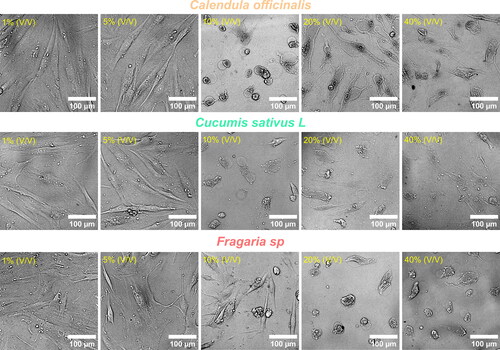
Figure 6. Scratch assay showing the wound healing behaviour of HGFs at different periods. (A) Micrographs depicting the cellular migration reached at specific culture times. The horizontal white lines highlight the width of wound reduction during cell growth with the experimental treatments. (B) Quantitative wound coverage evaluation of scratch distance analysis during 24 h of hydroglycolic treatments. The *, **, @, #, ##, ### and #### showed significant differences.
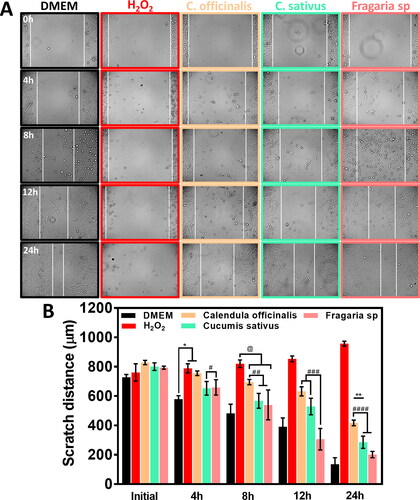
Figure 7. RAW 264.7 cellular morphology after 5 min of exposure with each experimental hand rub disinfectant formulation.

Data availability statement
All data that supports the findings reported in this study are available from the corresponding author upon reasonable request.

